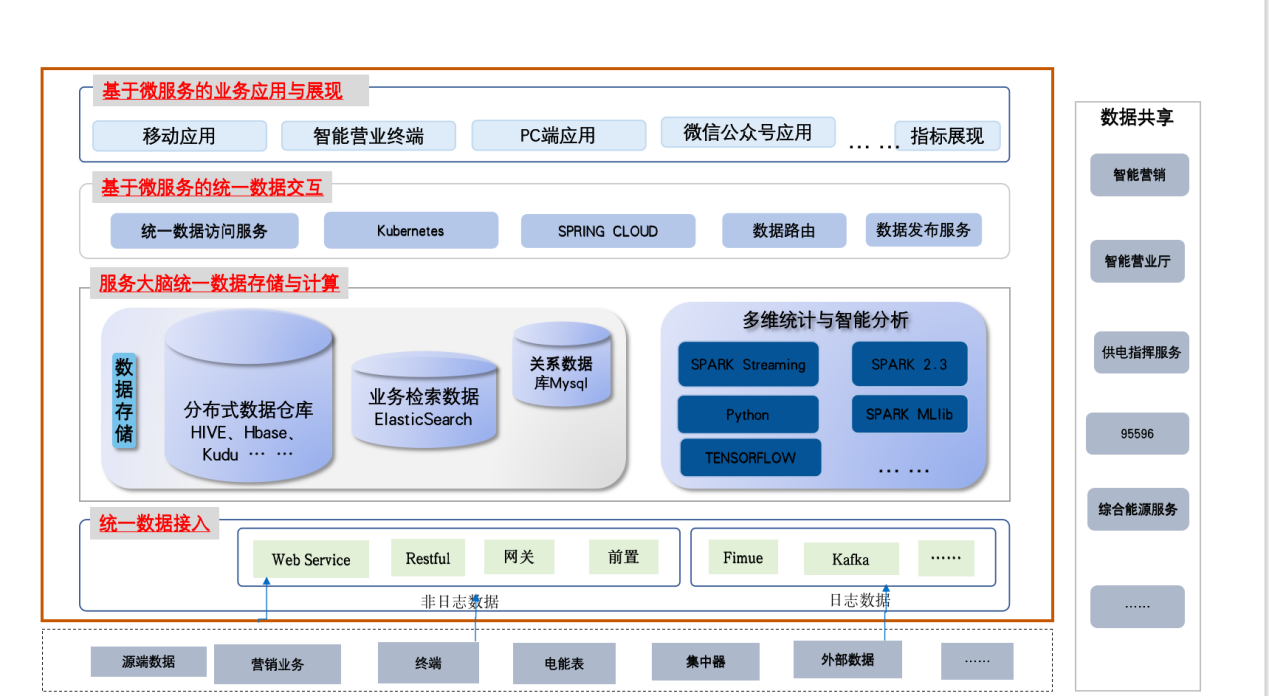

Electricity

Artificial intelligence technology assists enterprises in digital transformation, focusing on the following four aspects: 1. Achieving automation and intelligence: AI technology can help enterprises achieve automation and intelligence in production processes, improving production efficiency and quality; 2. Realizing data-based management and decision-making: AI technology can assist enterprises in achieving data-based management and decision-making through data mining and analysis, enhancing the scientific and accurate nature of business decisions; 3. Achieving personalized recommendations: AI technology can help enterprises implement precise push notifications through personalized recommendations and business techniques; 4. Realizing intelligent customer service: AI technology can improve customer service quality and efficiency, and reduce costs through intelligent customer service and smart solutions.

1. Leveraging knowledge graphs to build comprehensive intelligent business retrieval and recommendation
The AI-driven intelligent retrieval and recommendation platform helps users quickly obtain information needs from vast amounts of data, achieving precise queries of personalized business, precise push of personalized applications, intelligent management of data query permission, and multidimensional business association and cross-query.
2. Integrating OCR and image recognition technologies to carry out text/table/image extraction and recovery
The document recognition system combines OCR with image recognition technologies to enable content recognition of documents, table recognition, and image recognition within documents. Based on the recognized content, it provides multi-directional retrieval capabilities, making knowledge acquisition more convenient.
3. Multi-directional intelligent question-answering model based on dynamic completion
The intelligent question-answering system uses data from the knowledge sharing service platform as its foundation, integrating casual chat, professional Q&A, and human responses. It provides multi-directional replies to queries. When professional responses do not meet the needs, it facilitates human interaction by recommending experts, which in turn promotes professional Q&A. 4. Integrating intelligent inference models based on device tagging for smart operation and maintenance
4. Integrating intelligent inference models based on device tagging for smart operation and maintenance
The platform integrates deep learning and related technologies such as status assessment to achieve early perception of equipment status, proactively generate operation and maintenance plans, and proactively push label content for different business scenarios, providing auxiliary decision-making support for governance issues and inspections, and improving the level of lean equipment management.



Scenario 1: Marketing-oriented intelligent business retrieval and recommendation
The fully intelligent retrieval and recommendation platform aims to provide precise, fast, multi-dimensional, and intelligent information query access. It utilizes log collection and business data analysis to offer personalized recommendations, effectively achieving intelligent permission control, smart query analysis, intelligent business recommendations, and precise operational insights.
Scenario 2: Constructing a knowledge sharing platform integrating marketing expertise based on knowledge graphs
The knowledge sharing service platform converts scattered and disorganized data and information into structured content and knowledge, achieving knowledge association. It is divided into categories such as knowledge point information, document information, and video information, allowing users to manage knowledge systematically, comprehensively, and categorically in an itemized fashion. This platform also supports searches and previews based on file names, knowledge point names, video titles, table content within files, and image content, making it easier for users to find and use information.
Scenario 3: Building a collection, operation and maintenance, sharing and communication platform based on NLP language model technology
The information sharing and communication platform is based on the principles of information sharing and interaction. Users of the exchange platform can post their experiences, questions, or system faults to the information sharing and communication platform and can also assist in answering questions in related posts, fostering positive interaction. The intelligent Q&A module, by analyzing documents and user interactions on the knowledge sharing platform, builds an intelligent Q&A system that provides casual chat, professional Q&A, and human responses, facilitating seamless access to information for users.
Scenario4: Building a state assessment and intelligent operation and maintenance model based on the equipment graph for equipment management
By establishing the capabilities to share data with external systems, the platform can timely obtain information on equipment inspections, defects, and operating conditions. It generates tagged content, performs operational state assessments based on this tagged content, and integrates the assessment results with inference models to enable proactive intelligent operation and maintenance.